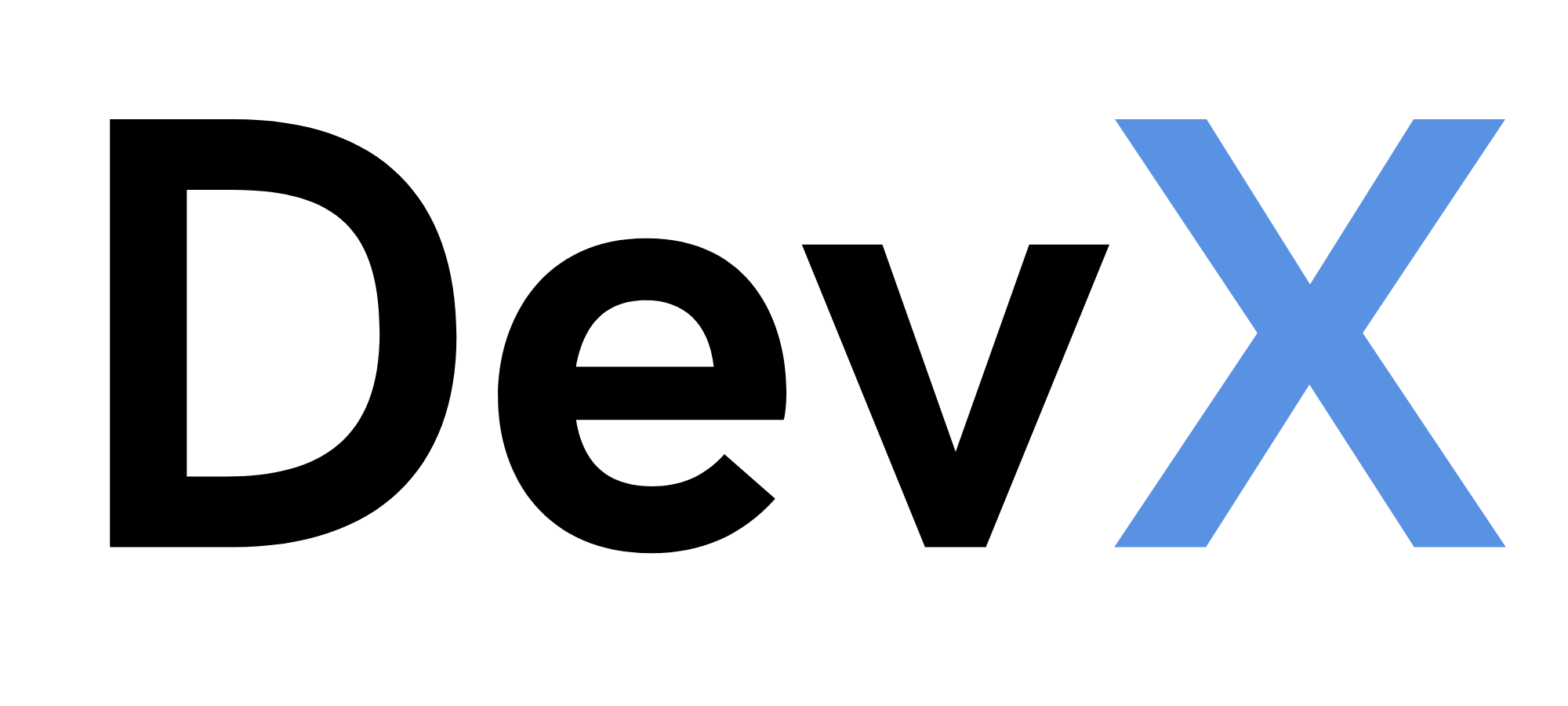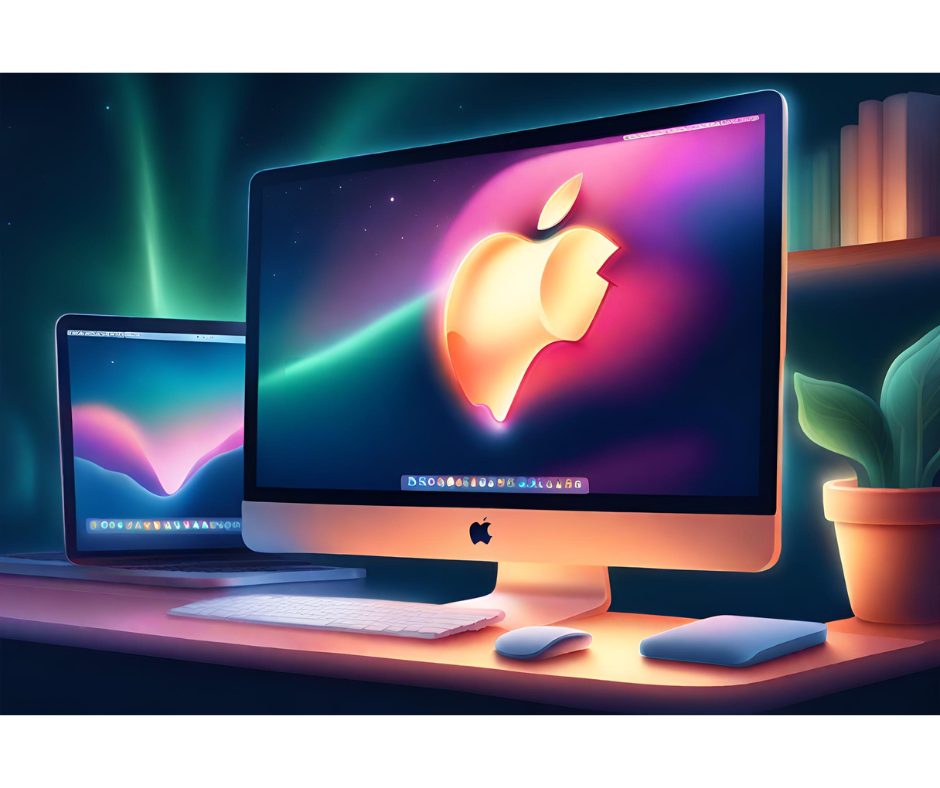![]() y previous Android article showed how to store data from Android using a SQLite database. Storing your data in a database is one good way to persist your data, but there’s a caveat in Android—databases created in Android are visible only to the application that created them. That is to say, a SQLite database created on Android by one application is usable only by that application, not by other applications.
y previous Android article showed how to store data from Android using a SQLite database. Storing your data in a database is one good way to persist your data, but there’s a caveat in Android—databases created in Android are visible only to the application that created them. That is to say, a SQLite database created on Android by one application is usable only by that application, not by other applications.
So, if you need to share data between applications, you need to use the content provider model as recommended in Android. This article presents the basics of content providers and how you can implement one.



























